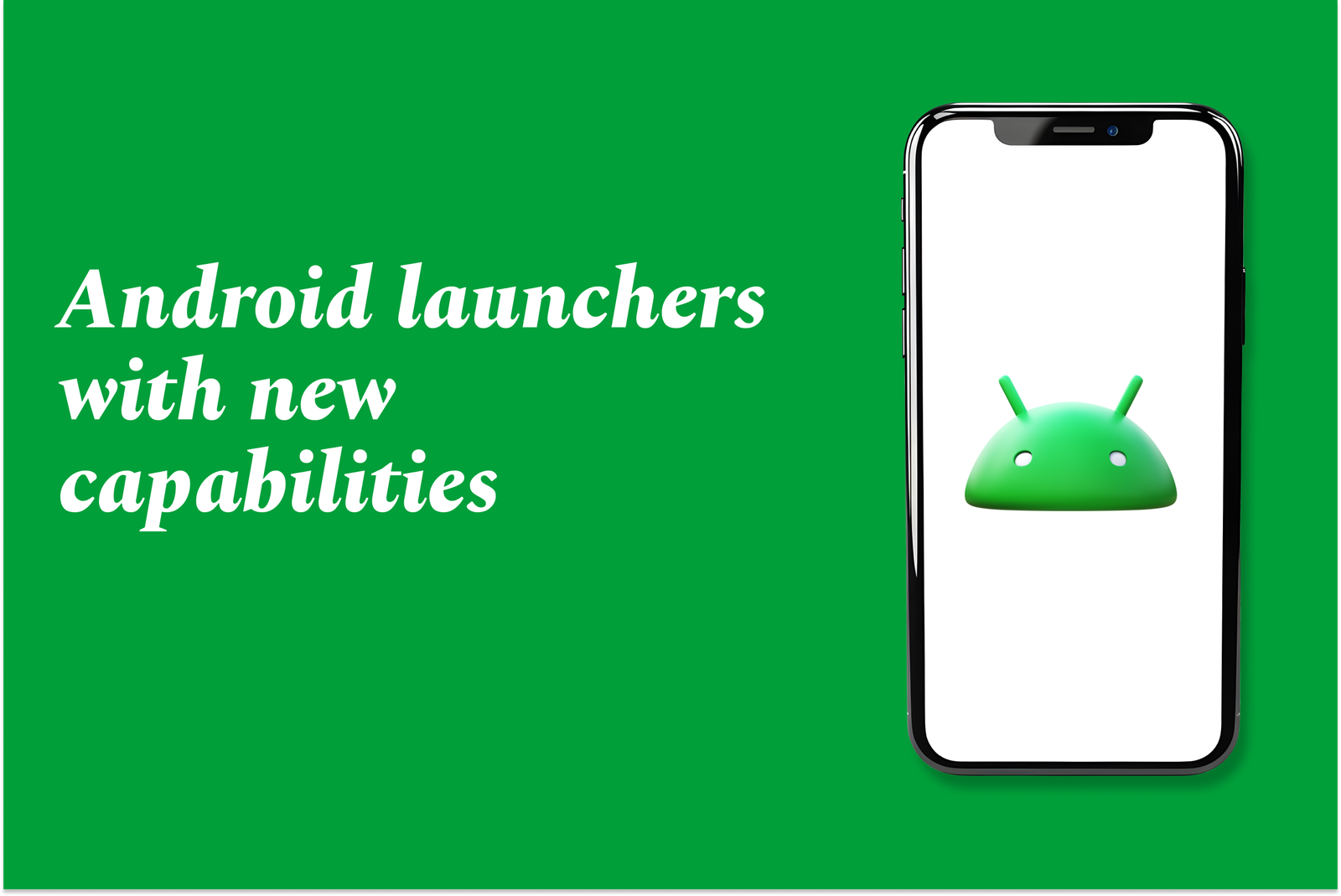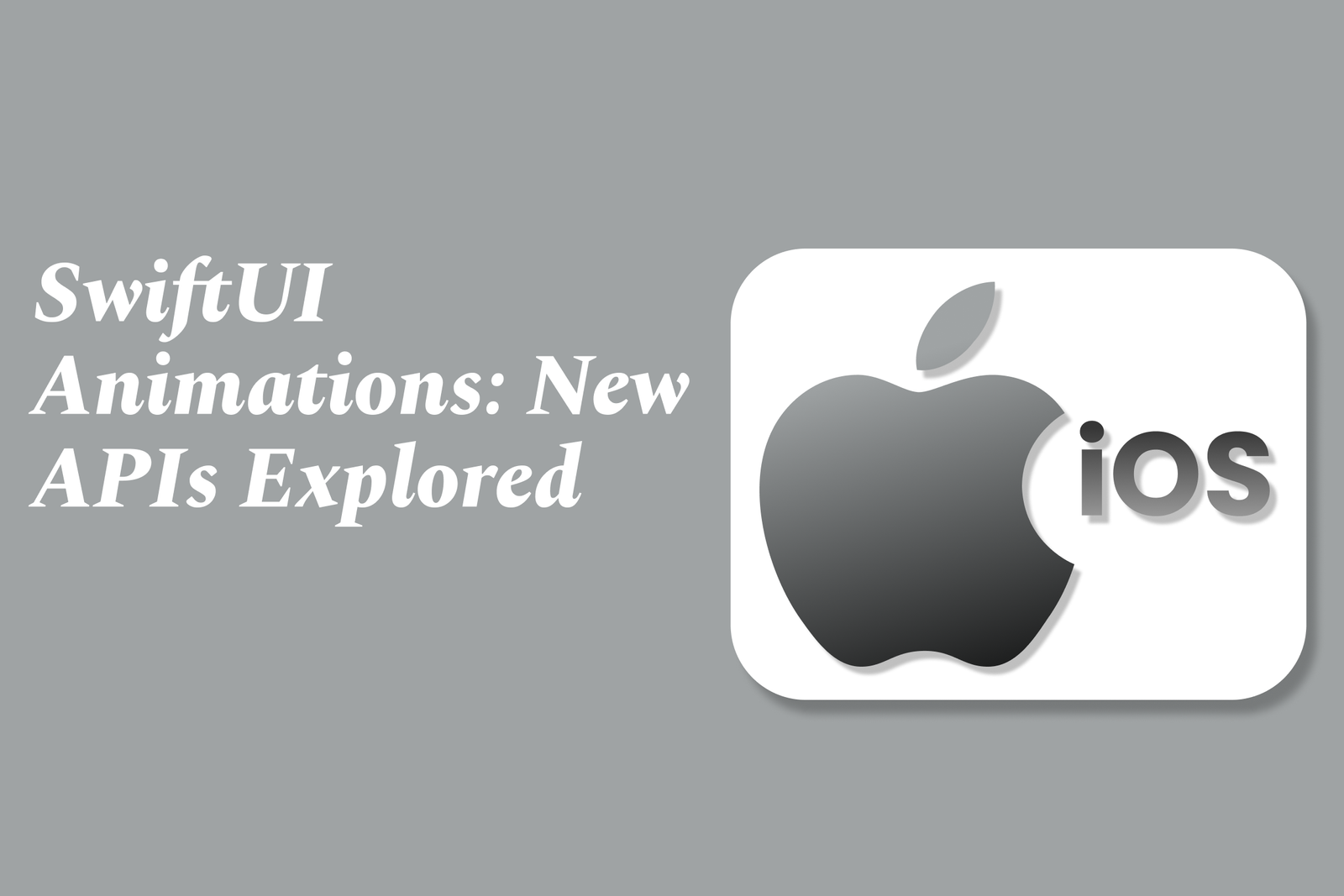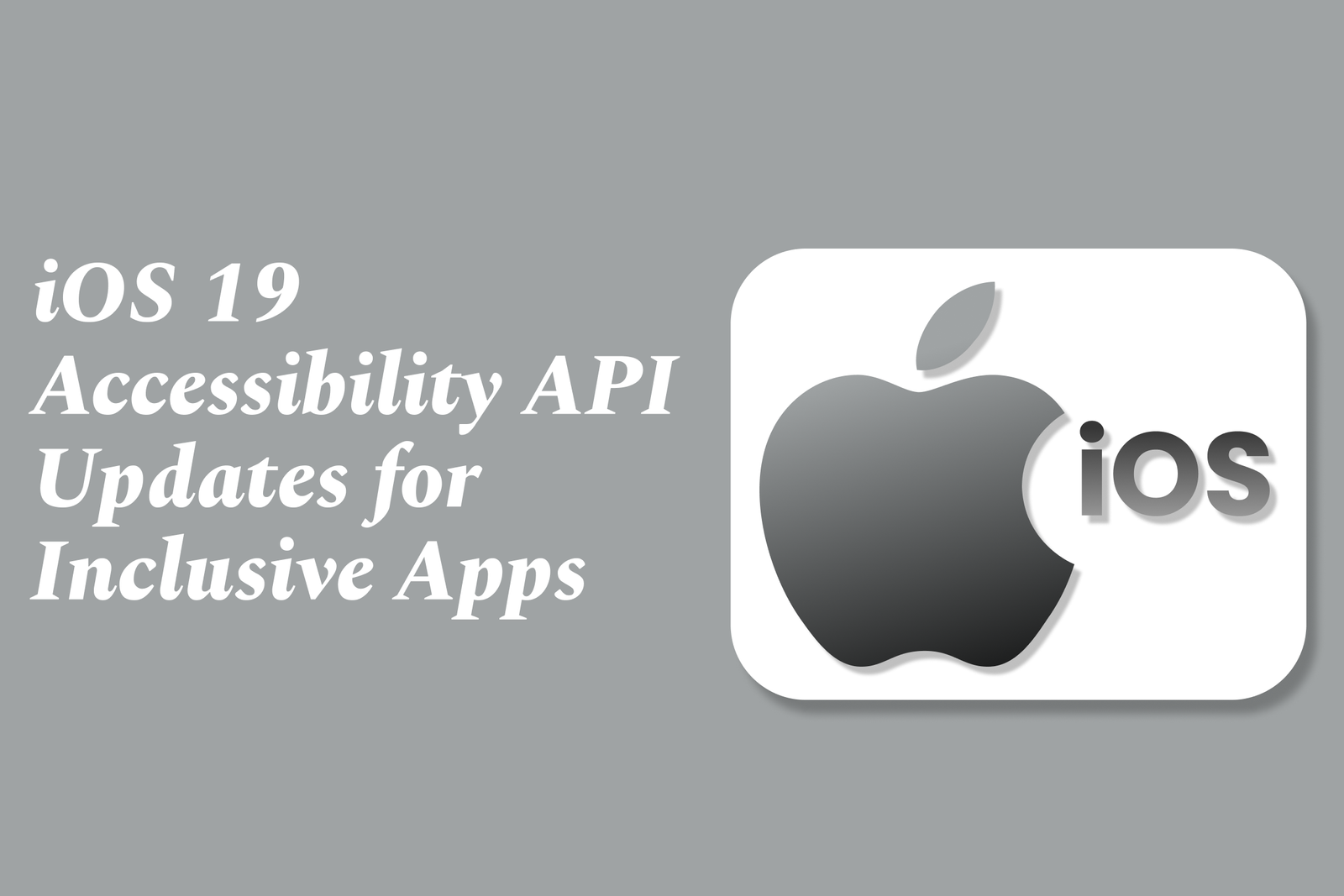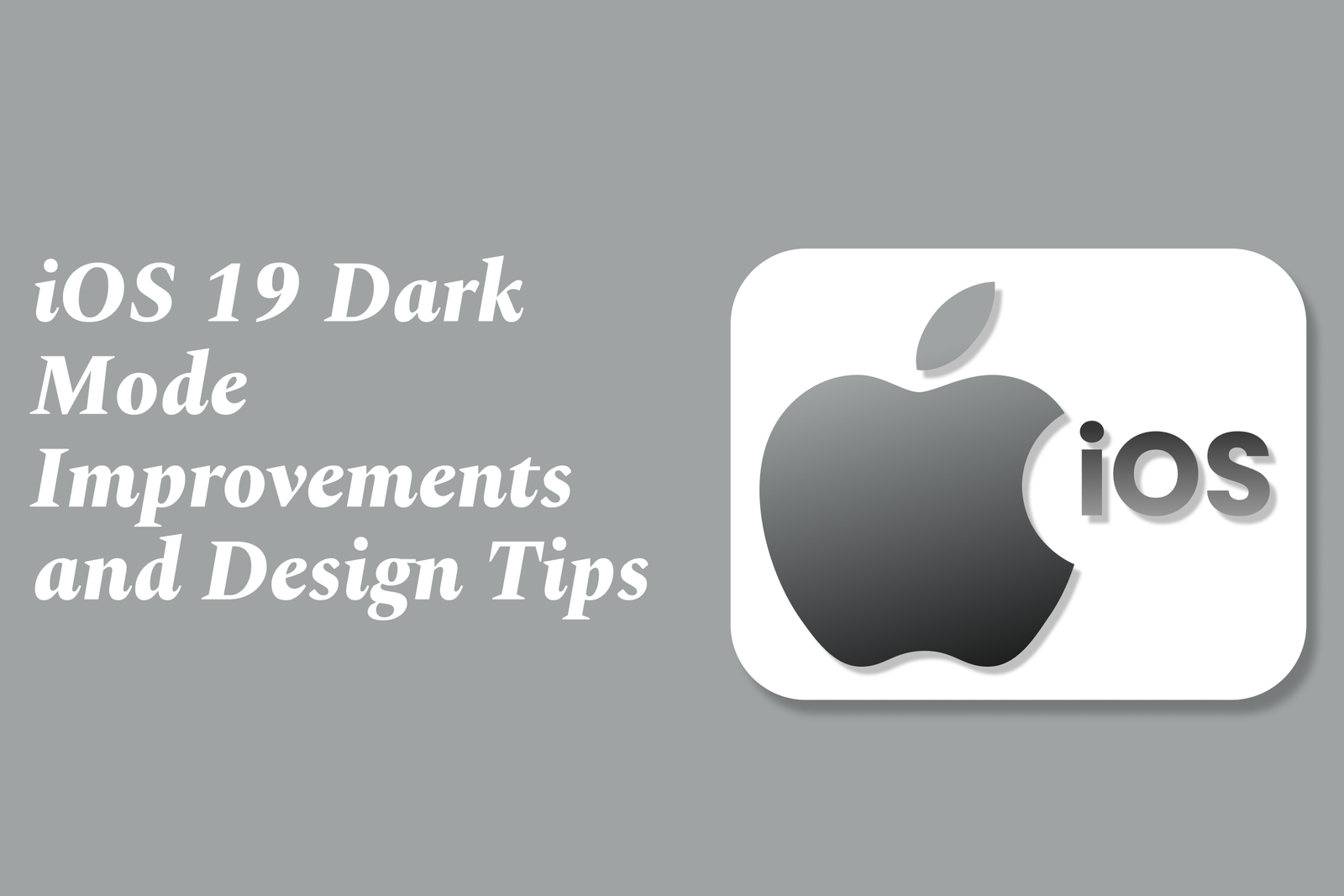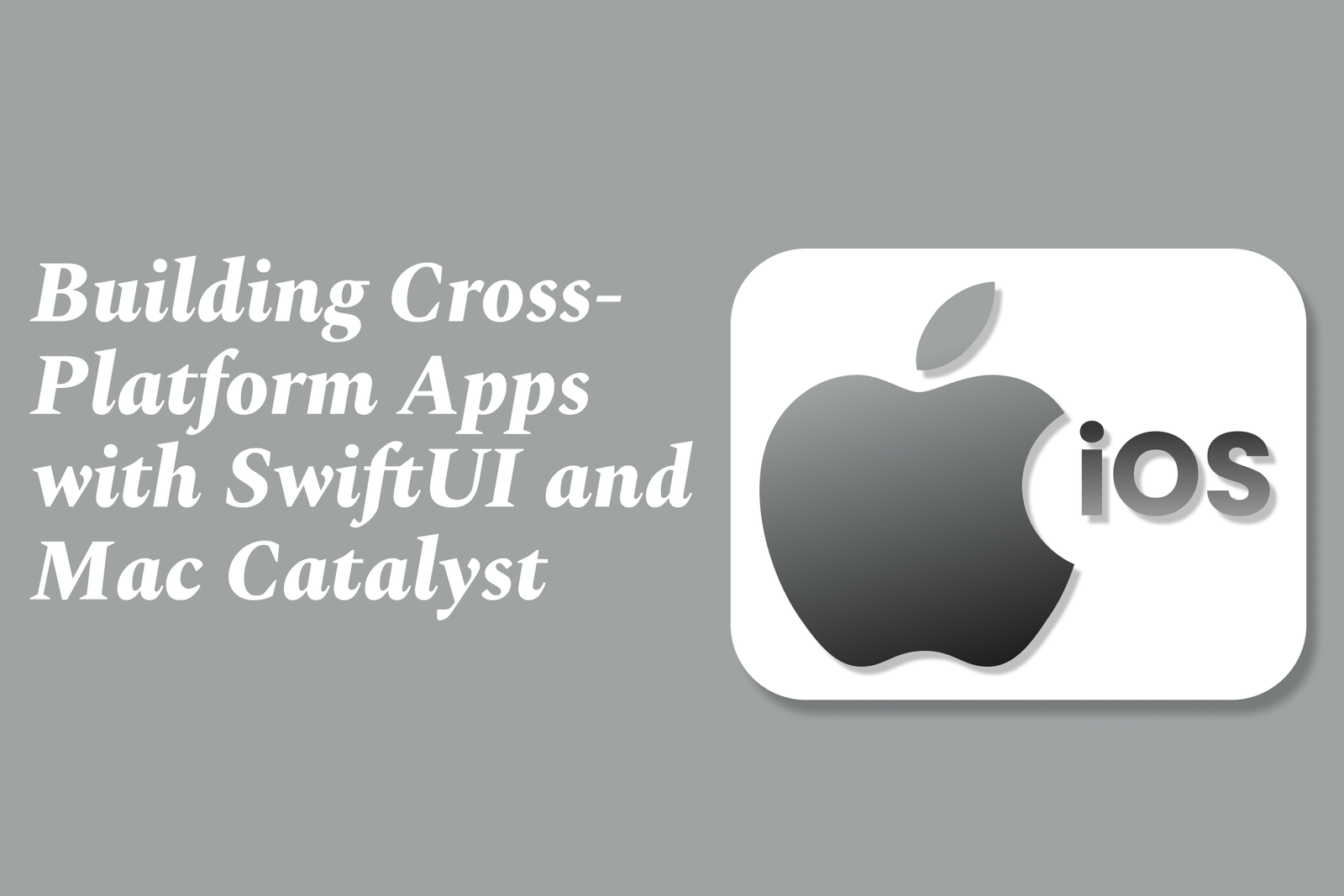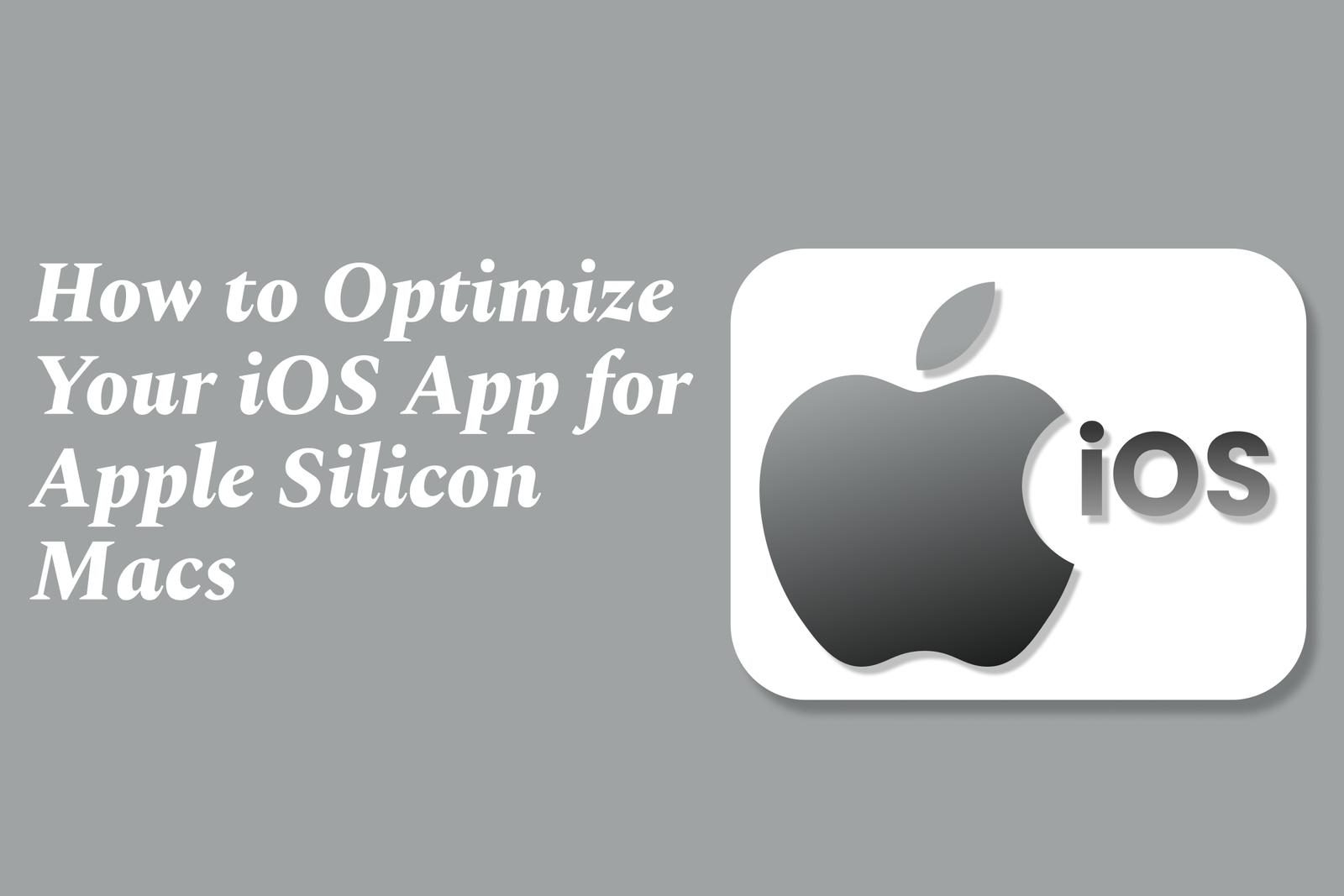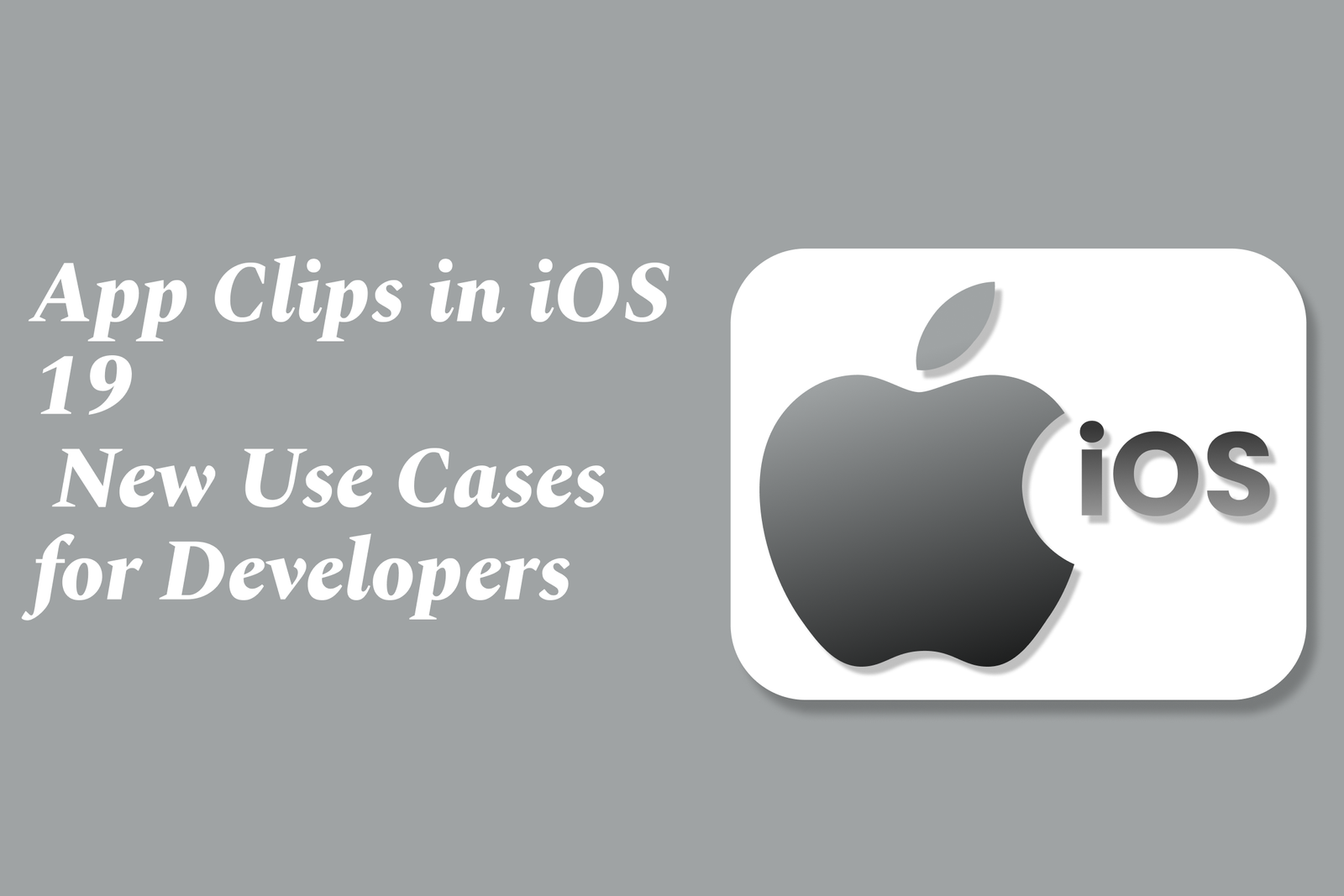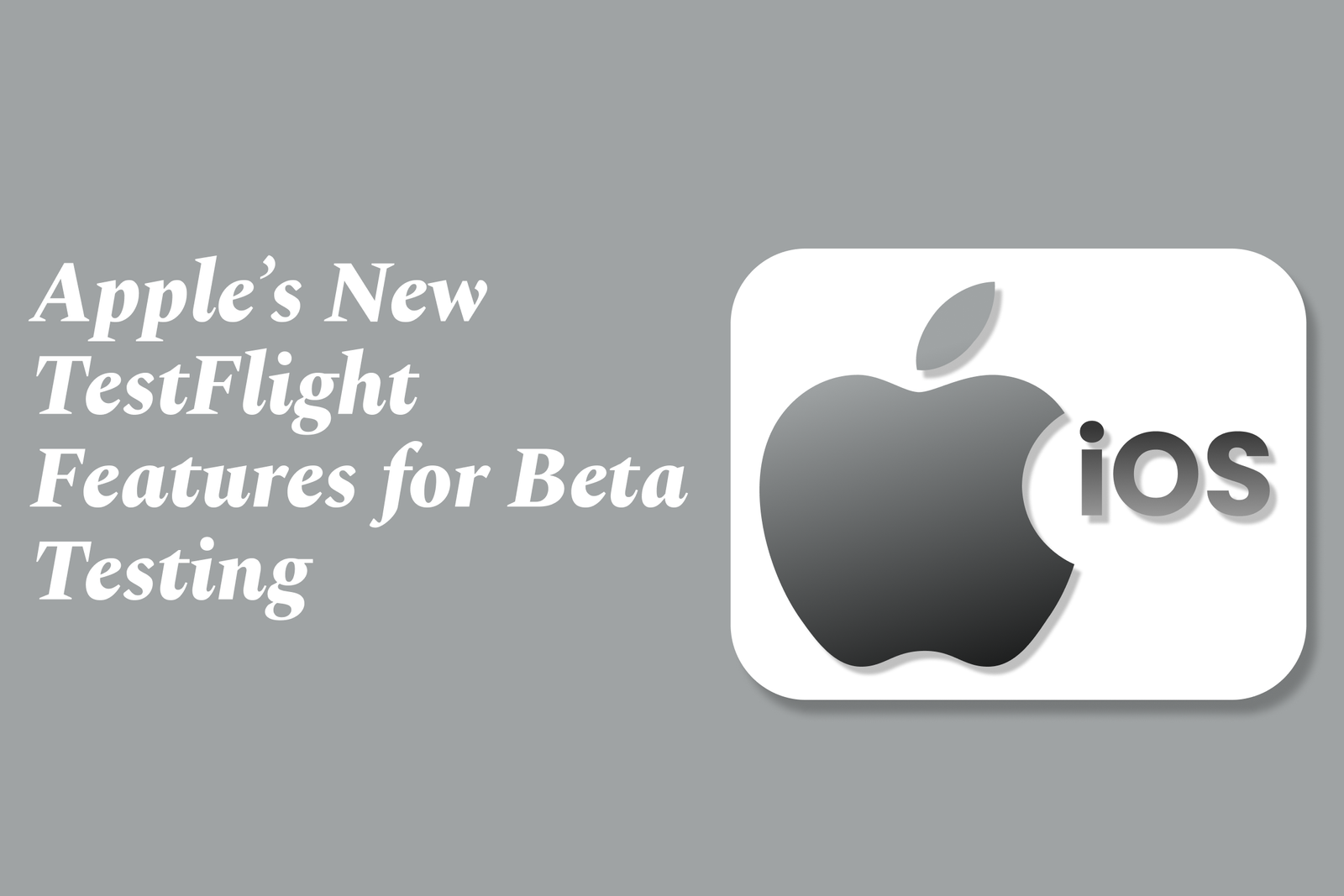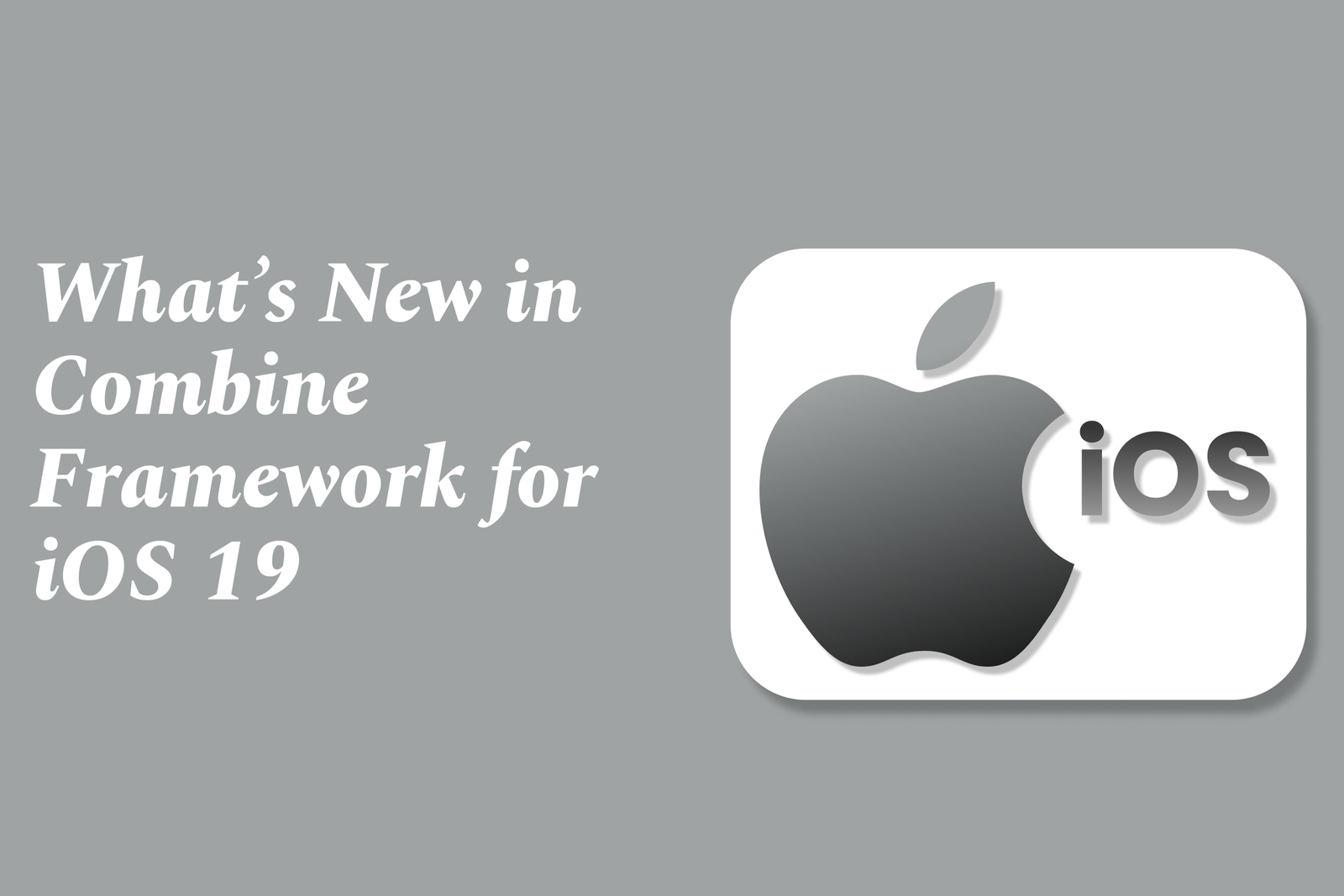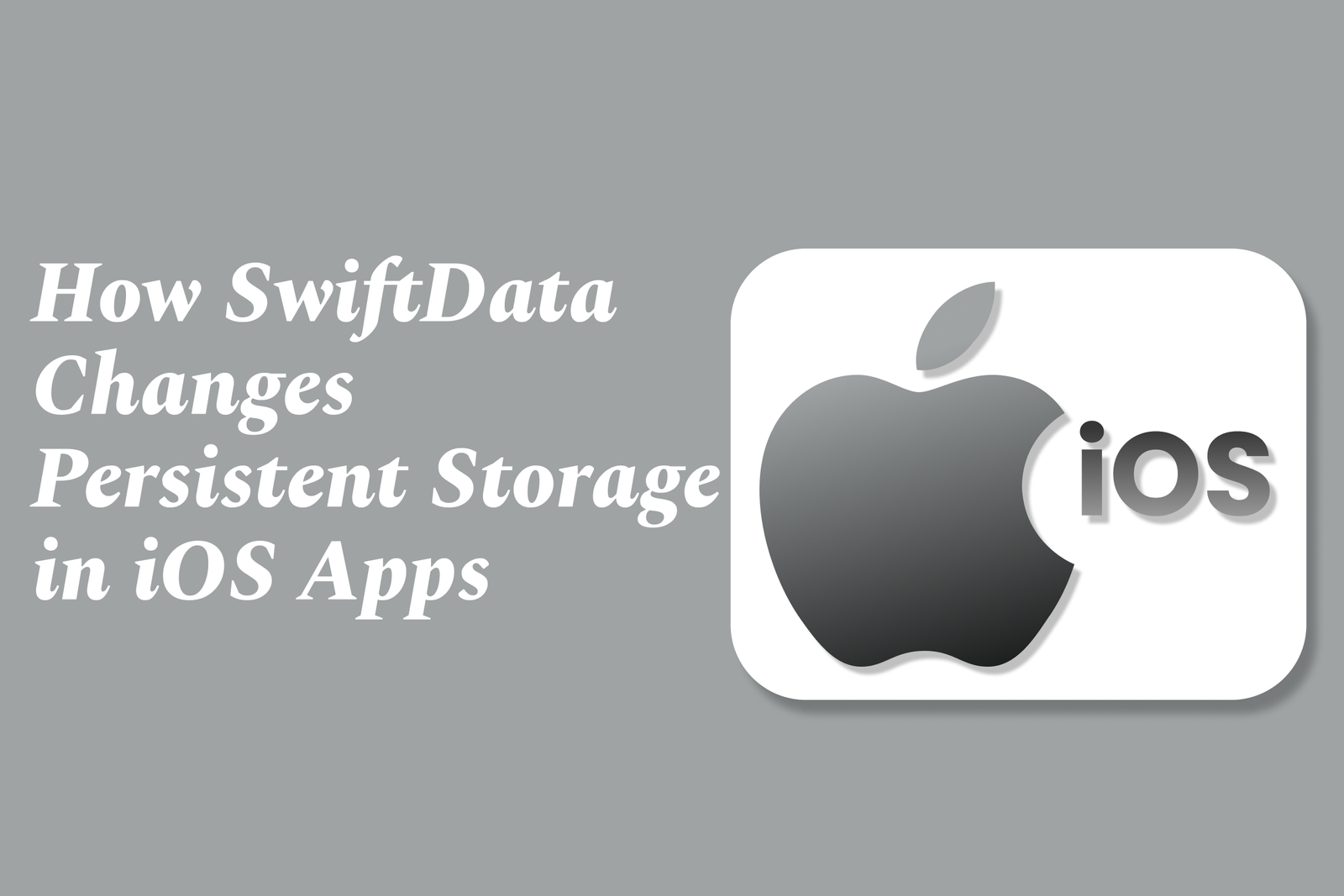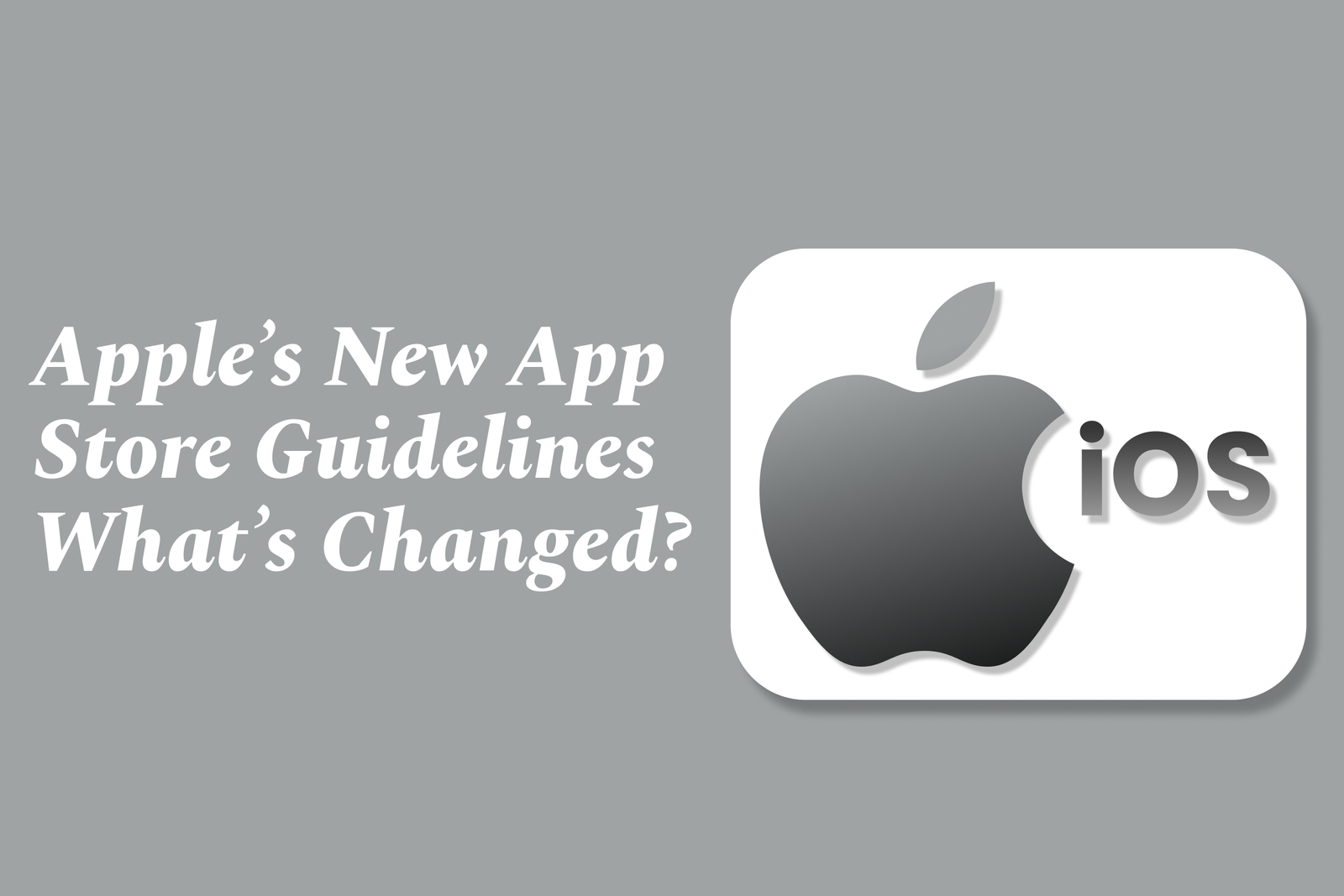Android Launchers With New Capabilities
Android launchers with new capabilities enhance customization by offering advanced gestures, dynamic theming with Material You, precise icon placement, smart app organization, and cloud syncing—transforming the home screen for a personalized, efficient, and modern user experience.
Android launchers with new capabilities
1 ) Overview of Android Launchers
Android launchers are applications that customize the home screen, app drawer, icons, and user interface, allowing personalization of the Android device beyond default settings.
They provide a wide range of customization options including themes, icon packs, gestures, and layouts.
2 ) Popular and Innovative Launchers
Nova Launcher: A highly customizable and versatile launcher, popular for its extensive feature set including custom icons, color schemes (Material You support), syncable dark and light modes, powerful search, and subgrid icon positioning for precise layouts. Pro version unlocks features like gestures, app drawer grouping, hiding apps, and icon swipe gestures.
Total Launcher: For users who want extensive control over every home screen aspect, enabling unique, intricate layouts and themes—steeper learning curve but highly flexible, resembling more of a live wallpaper tool (KLWP).
Niagara Launcher: Known for its minimalist approach and streamlined, efficient access to apps.
Flow Minimalist Launcher: Focuses on simplicity and elegant minimalism.
AIO Launcher: Presents all relevant data and shortcuts on a single screen, merging widgets, notifications, and app access.
Lawnchair 14: Offers a Pixel like experience with customizations and new features.
Stario Launcher and others: Each brings unique styles or features, catering to various user preferences.
3 ) Key New Capabilities in Modern Launchers
Integration with Material You design for dynamic theming based on system colors.
Advanced gesture controls enabling shortcuts without cluttering screen space.
Subgrid positioning allowing icons and widgets to be precisely placed between grid cells.
Powerful in app search with integrations for contacts, applications, and other services.
Customizable app drawer with innovative cards and grouping for faster access.
Backup and cloud syncing to migrate home screen setups easily across devices.
Support for icon packs with reshaping icons to maintain consistent UI.
Smart dark and light theme synchronization based on time or system settings.
4 ) Unconventional and Niche Launchers
Several unique launchers defy traditional layouts to provide novel ways to interact with apps—emphasizing efficiency, discretion, and minimalism.
Examples include launchers that prioritize a decluttered interface, popup folder views, or launcher UI optimized for touch screen devices.
5 ) Community and User Engagement
Many launchers have active communities, Discord servers, or theme repositories, encouraging sharing of setups and themes.
User feedback often focuses on performance optimizations and additional customization requests (e.g., better recent apps refresh, more folder features).
6 ) Prospective Enhancements
Suggestions include integrating popup folders similar to Android launchers in desktop environments for decluttering and improved touch interaction.
Expanding customization to system functions like recent apps, notifications, and beyond.
Summary: Android launchers in 2024 continue to evolve with powerful customization capabilities, deeper system integrations (Material You), enhanced gestures, and innovative user interface concepts. Popular options like Nova Launcher remain favorites due to their balance of power and usability, while niche launchers explore new ways to organize and access apps efficiently. These new capabilities cater to a broad spectrum of users—from those seeking minimalism to tech enthusiasts aiming to tailor every detail of their device experience.
https://justacademy.in/news-detail/flutter’s-growing-ecosystem:-libraries,-tools-&-trends
https://justacademy.in/news-detail/flutter-automated-testing-tools-2025
https://justacademy.in/news-detail/best-new-android-apps-released-this-month
https://justacademy.in/news-detail/flutter-lts-release:-what-it-means
https://justacademy.in/news-detail/flutter-on-raspberry-pi:-new-examples
Related Posts
SwiftUI’s new animation APIs enhance flexibility and control, enabling developers to create smoother, more complex animations with improved timing, transitions, and cross-platform support. These updates simplify building dynamic, engaging UIs across Apple’s ecosystem.
iOS 19 Accessibility API updates enhance app inclusivity by offering improved VoiceOver support, advanced gesture recognition, adaptive UI elements, and better integration with assistive devices, enabling developers to create more accessible, user-friendly experiences for everyone.
iOS 19 enhances Dark Mode with deeper blacks, smoother visuals, and improved system consistency. Designers should focus on balanced contrast, readable typography, subtle colors, and seamless Light/Dark transitions to create comfortable, accessible, and visually appealing dark-themed interfaces.
Building cross-platform apps with SwiftUI and Mac Catalyst lets developers create a single codebase that runs seamlessly on iOS, iPadOS, and macOS, combining SwiftUI’s unified UI framework with Mac Catalyst’s ability to bring iPad apps to the Mac efficiently.
Optimizing your iOS app for Apple Silicon Macs involves ensuring native compatibility, adapting the UI for larger screens and input methods, enhancing performance using ARM architecture, leveraging macOS-specific features, and thorough testing to deliver a seamless app experience on Apple’s desktop hardware.
App Clips in iOS 19 are lightweight app modules that launch instantly without full installation, enabling developers to offer quick, context-driven experiences like seamless ordering, payments, and check-ins, enhancing user engagement and boosting app discovery in new real-world scenarios.
Apple’s new TestFlight features simplify beta testing across all Apple devices, enabling developers to easily distribute apps, games, and App Clips to testers without complex setup, supporting automatic updates, device requirements, and broad language options for seamless testing.
iOS 19’s Combine framework update introduces enhanced async handling, improved publisher types, and better integration with SwiftUI, streamlining reactive programming for smoother, more efficient event-driven app development and simplifying asynchronous data flow management.
SwiftData modernizes persistent storage in iOS apps by offering a simpler, Swift-native framework that integrates seamlessly with SwiftUI, reducing boilerplate code and improving data management with declarative syntax, streamlined relationships, and built-in support for cloud syncing.
Apple’s updated App Store Guidelines introduce more detailed age ratings, support alternative app distribution in the EU, and enhance TestFlight beta testing with broader device support and extended testing periods—strengthening app safety, compliance, and developer flexibility.
